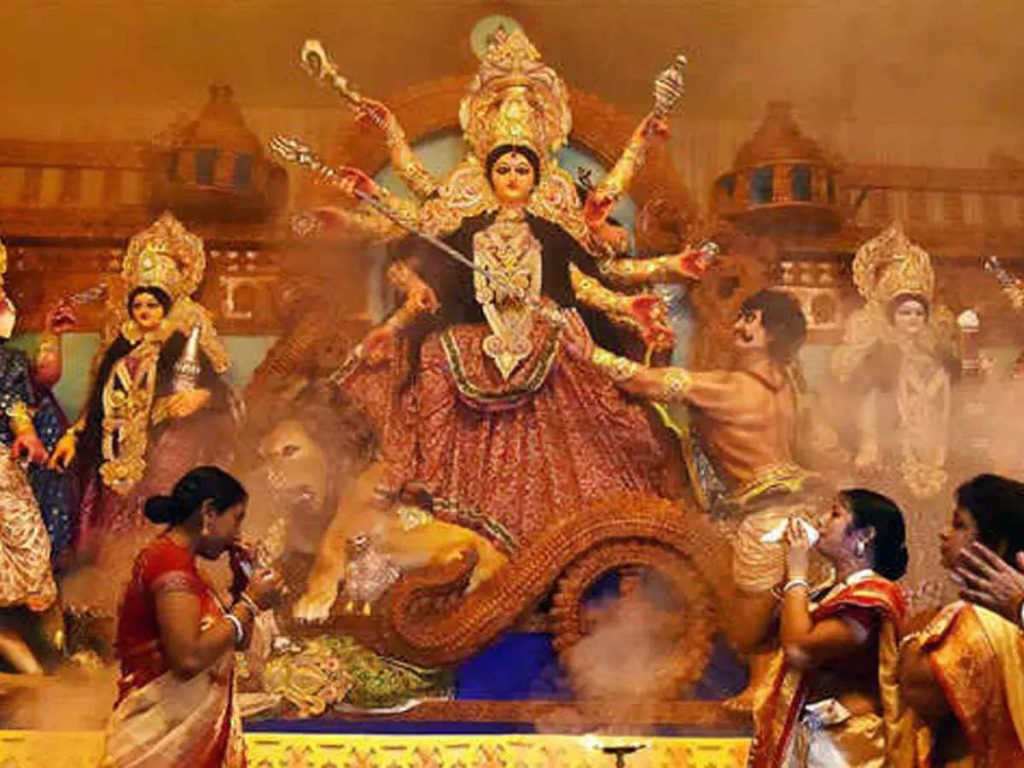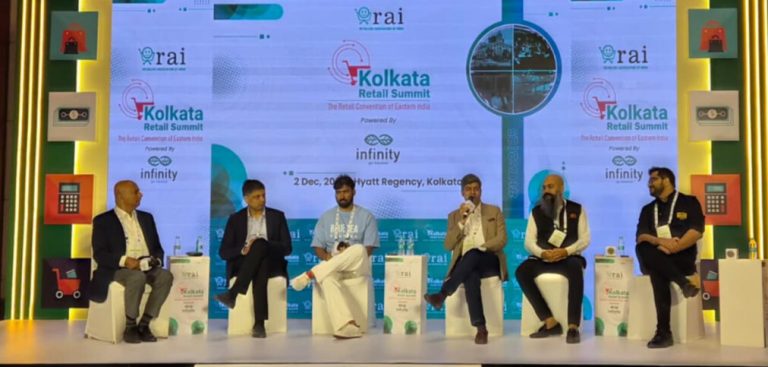As Bengal’s Durga Puja kicks off in earnest today, it is time to recognise that along with being a cultural extravaganza, it is an economic powerhouse in its own right. The festival brings together diverse communities and, in the process, fosters a financial ecosystem that involves transactions of significant amount across the state.
In the weeks preceding each Puja, the traditional shopping destinations such as Hatibagan, Gariahat, and New Market in Kolkata extend their operating hours well into the night. Last week, the Kolkata Police had to shut a vital thoroughfare to vehicular traffic to contain the pre-Puja shopping rush.
The West Bengal chit fund scam, one of the largest Ponzi schemes in Indian history, continues to have a devastating impact on the lives of millions of people. An estimated 2 million investors, mostly from poor and lower middle-class backgrounds, lost over Rs 20,000 crores in it. Many investors lost their life savings and the reputation of the and its investment climate took a beating. The scams and the impact of the lockdowns might explain why the shopping picks up much later now.
At odds with the sellers on the footpath, the upmarket malls are upbeat. “Compared to last year, this year’s Puja market is thriving. We have seen an increase in footfall and sales. Our primary estimate suggests that the business in our malls has grown by 30% since last year,” said Ramesh Pandey, director at Ambuja Reality, who manages two malls in Kolkata.
Retail is widely understood to be the primary driving force behind financial activity during the Puja season, contributing to a chunk of the total business. For small-scale retailers though, the July fire at Malangala Hat, one of the largest garment markets in eastern India, dealt a severe blow. While the market has since reopened, a segment of retailers shifted towards direct business with Delhi and Surat, worsening the challenges faced by wholesalers.
But while Kolkata may have seen retail activity, the picture has been grim in handicrafts hubs across the state. At Shantipur and Fulia in Nadia district, the heart of the handloom industry in the state, declining product demand and insufficient government support plague artisans. Both regions have thousand-year-old heritages and both grapple with reduced product demand.
In 2019, a British Council study estimated the puja economy at approximately Rs 32,000 crore, contributing to 2.6% of the state domestic product. West Bengal Chief Minister Mamata Banerjee has estimated the figure will reach Rs 60,000 crore this year.
In a state starved of jobs, this “Durga Puja economy” is the lifeline for thousands of families, serving as their primary source of income. From crafting intricate idols to illuminating the city and creating stunning designs, families across generations are heavily involved in the preparations. The Pujas’ essence thrives throughout the year.
In recent years, there has been a notable shift in the landscape of business operations, particularly with a marked increase in locally-owned businesses, predominantly led by women, owing to the influence of social media.
















